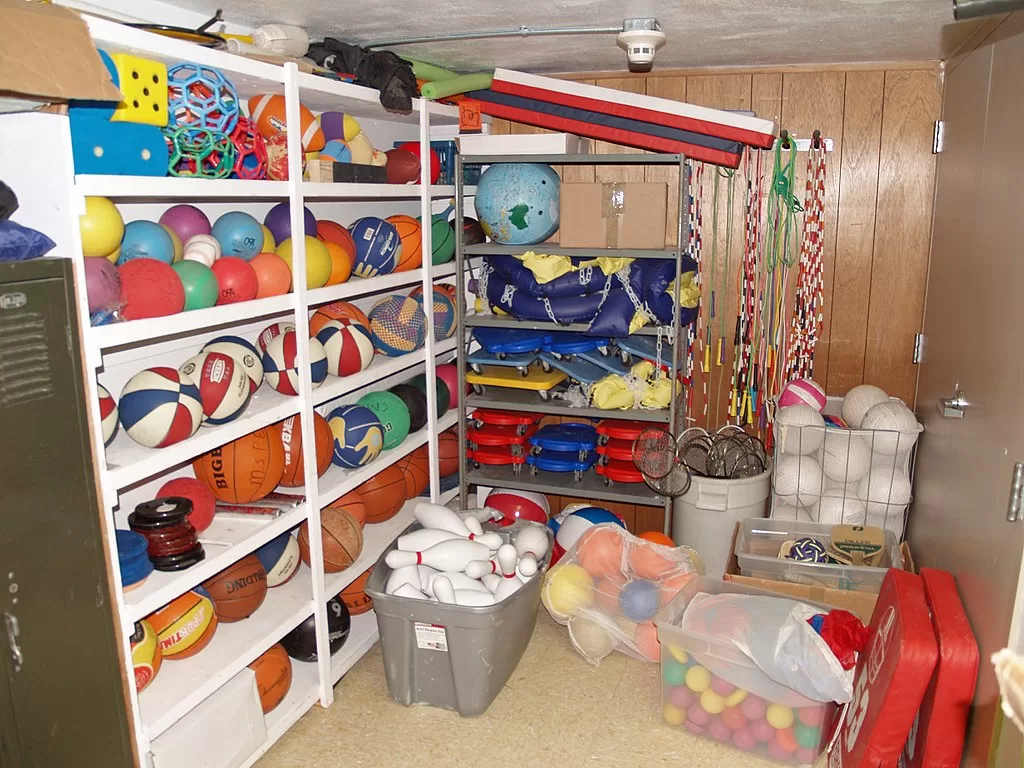In an era where sustainability and energy efficiency are paramount, finding ways to reduce our carbon footprint and lower energy consumption is essential. One of the most effective ways to achieve this is by harnessing solar energy and utilizing home battery storage.

With the advancements in technology, homeowners in Australia now have access to reliable and cost-effective home battery storage solutions. In this DIY guide, we will explore how you can make your home more energy-efficient by incorporating home battery storage Australia and tapping into the power of the sun.
Understanding Home Battery Storage: How It Works
Before delving into the DIY aspects of home battery storage, it’s crucial to understand how it works. Home battery storage systems are designed to store excess electricity generated by your solar panels during the day for use during nighttime or when solar production is low. These systems consist of a battery pack, an inverter, and a monitoring system that tracks energy production and consumption.
When your solar panels generate more electricity than your home requires, the excess power is directed to the home battery storage system. The battery then stores this energy for later use. During periods of high energy demand or when solar production is insufficient, the stored energy in the battery is discharged, providing power to your home.
Read Also:
Assessing Your Energy Needs: Determining Battery Capacity
To effectively incorporate home battery storage into your energy-efficient home, it’s essential to assess your energy needs and determine the appropriate battery capacity. Start by examining your electricity usage patterns and identifying the times when your energy demand is highest. This information will help you determine the size of the battery system required to meet your household’s needs.
Consider factors such as the number of occupants, daily energy consumption, and the peak energy demand during evenings or cloudy days. Consulting with a professional solar installer or energy consultant can provide valuable insights and help you choose the right home battery storage system for your specific requirements.
Choosing the Right Home Battery Storage System: Factors to Consider
When selecting a home battery storage system, there are several factors to consider. These include battery chemistry, capacity, lifespan, warranty, and compatibility with your existing solar panels and inverter.
Battery Chemistry: The most common battery chemistries used in home battery storage systems are lithium-ion and lead-acid. Lithium-ion batteries are more efficient, have a longer lifespan, and require less maintenance compared to lead-acid batteries.
Capacity: The capacity of the battery determines the amount of energy it can store. Consider your energy consumption and choose a battery with sufficient capacity to meet your household’s needs.
Lifespan: The lifespan of a battery is an important consideration as it affects the long-term cost-effectiveness of the system. Lithium-ion batteries generally have a longer lifespan compared to lead-acid batteries.
Warranty: Check the warranty offered by the manufacturer to ensure that you have adequate coverage for any potential issues or malfunctions.
Compatibility: Verify that the home battery storage system is compatible with your existing solar panels and inverter. Compatibility ensures seamless integration and optimal performance.
It’s important to thoroughly research different home battery storage options and consult with reputable solar installers or energy experts to make an informed decision.
DIY Installation: Safety First
While some homeowners may opt for professional installation, others with a technical inclination may choose to install their home battery storage system themselves. However, safety should always be the top priority. It is recommended to consult with a professional or licensed electrician to ensure compliance with local electrical codes and regulations.
If you decide to proceed with a DIY installation, be sure to follow these safety guidelines:
- Turn off the main power supply to your home before working with any electrical components.
- Wear appropriate safety gear, including gloves and safety glasses, to protect yourself from potential hazards
- Familiarize yourself with the manufacturer’s installation instructions and guidelines specific to your home battery storage system.
- Ensure proper grounding of the system to prevent electrical shocks or malfunctions.
- Avoid overloading circuits by distributing the electrical load evenly and following recommended wire gauge sizes.
- Double-check all connections and wiring for accuracy and secureness.
- Test the system and conduct thorough inspections to ensure proper functionality before connecting it to the main power supply.
Remember, if at any point during the installation process you feel unsure or encounter difficulties, it is best to seek professional assistance to avoid any potential safety hazards.
Monitoring and Optimization: Maximizing Efficiency
Once your home battery storage system is installed, it’s crucial to monitor and optimize its performance to maximize energy efficiency. Most home battery storage systems come with monitoring capabilities that provide real-time information about energy production, consumption, and battery charge levels.
Use this data to identify opportunities for optimizing energy usage. For example, you can schedule energy-intensive tasks, such as running the dishwasher or doing laundry, during daylight hours when your solar panels are producing the most energy. This way, you can maximize the utilization of your solar-generated electricity and minimize reliance on the grid.
Regularly monitor your energy consumption patterns and adjust your habits accordingly. Being mindful of energy usage and making conscious efforts to reduce waste can further enhance the efficiency and effectiveness of your home battery storage system.
Government Incentives and Financial Considerations
In Australia, there are various government incentives and financial programs available to support homeowners in adopting renewable energy solutions, including home battery storage. These incentives can help offset the initial investment cost and make the transition to energy-efficient systems more affordable.
Research and explore the available incentives, such as the Small-scale Renewable Energy Scheme (SRES) and state-based programs, to determine if you qualify for financial assistance or rebates. Additionally, consult with solar installers or energy experts who can provide guidance on the available incentives and help you navigate the application process.
Consider the long-term financial benefits of home battery storage, such as reduced electricity bills and potential savings from avoiding peak-time tariffs. Although the upfront cost may seem significant, the long-term savings and environmental benefits make home battery storage a worthwhile investment.
Maintenance and Upkeep: Ensuring Longevity
To ensure the longevity and optimal performance of your home battery storage system, regular maintenance and upkeep are necessary. Follow the manufacturer’s guidelines for maintenance, which may include periodic checks, cleaning, and software updates.
Keep the battery storage system clean and free from debris or obstructions that may hinder airflow and cooling. Inspect the battery connections and wiring regularly for signs of wear or damage, and address any issues promptly.
It’s also important to stay informed about advancements in battery technology and industry updates. As technology evolves, new features or upgrades may become available to enhance the efficiency and capabilities of your home battery storage system.
Conclusion
Harnessing the power of the sun through home battery storage Australia is an excellent way to make your home more energy-efficient and environmentally friendly.
By understanding the basics of home battery storage, carefully selecting the right system, following safety protocols during installation, monitoring and optimizing energy usage, and taking advantage of available incentives, you can embark on a successful DIY journey to make your home greener and reduce your reliance on the traditional power grid.
Remember to prioritize safety, consult professionals when needed, and engage in regular maintenance to ensure the longevity and optimal performance of your home battery storage system. With a little knowledge and effort, you can take significant steps towards a sustainable future while enjoying the benefits of energy independence and cost savings.









